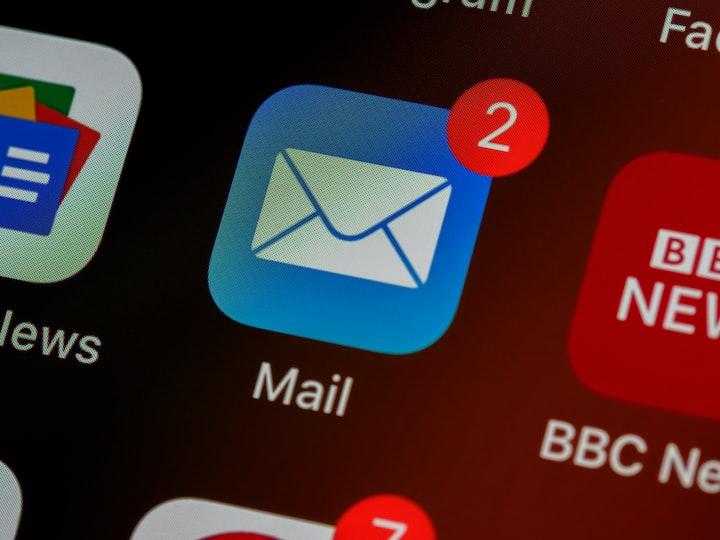
Social Networks and Viral Marketing
Most (if not all) readers of our site are likely familiar with the concept of social networks and how they can be used to promote brands, products, and services. But what about using social networks for viral marketing?
Viral marketing is a term used to describe online marketing strategies that aim to spread like wildfire across the web, typically through word-of-mouth or sharing. In order for something to truly go viral, it needs to be compelling enough that people can’t help but share it with their friends, family, and followers.
So how can social networks be used for viral marketing? There’s just one secret:
Create Compelling Content
If you want people to share your content, you need to create something that is worth sharing. This means creating content that is interesting, informative, entertaining, or all of the above. It needs to be something that will resonate with your target audience and pique their interest enough that they feel compelled to share it with others.
Paid Media Advertising
One of the most common forms of paid media advertising is display advertising. Display ads can be either static or animated, and are generally accepted on all type of websites. These are typically clickable, meaning that users can click on them to learn more about the product or service being advertised. Display advertising is an effective way to reach a wide audience, but can get costly if not targeted correctly.
Search engine marketing (SEM) is another common form of paid media advertising. SEM involves paying for placement in search engine results pages (SERPs), typically in the form of sponsored listings. Sponsored listings appear at the top of SERPs when users enter relevant keywords or phrases into a search engine such as Google. SEM is an effective way to reach potential customers who are actively searching for products or services like those offered by your business.
“The best marketing strategy is one that is carefully planned and implemented with the customer in mind.”
Email Marketing

There are a few key things to keep in mind when planning your email marketing strategy:
Keep it relevant
Make sure the content of your emails is relevant to your audience. No one wants to receive a generic email that doesn’t offer anything of value. Take the time to segment your list so you can send more targeted emails that will be of interest to each group.
Make it valuable
Your emails should always offer something of value to the recipient. Whether it’s a coupon, an exclusive offer, or helpful information, make sure there’s a reason for them to open and read your email. Otherwise, they’ll quickly hit delete (or worse yet – mark it as spam!).
Point-of-Purchase Marketing (POP)
Point-of-purchase marketing, or POP, is a type of marketing that is designed to increase sales by influencing buyer behavior at the point of purchase. POP marketing can be used to influence purchase decisions through a variety of techniques, including product placement, pricing strategies, and promotions.
POP marketing is often used in retail environments, but it can also be used in other types of businesses, such as restaurants and service providers. The goal of POP marketing is to increase the likelihood that a customer will make a purchase by making it easier for them to do so. For example, if a customer is looking at a product on a shelf and sees an attractive price tag next to it, they may be more likely to buy the product than if they saw the same product with no price information.
It can also be used to create urgency or scarcity around a product. For example, if a store is running a promotion where the first 10 customers who buy an item will get a free gift card worth $10, this creates urgency and encourages customers to make their purchase quickly. Scarcity can also be created by limiting the number of products available for sale or by offering discounts for early purchases.
POP can be an effective way to increase sales and encourage customers to make impulse purchases. However, it’s important that businesses use POP techniques wisely so that they don’t come across as pushy or sales-y. Additionally, businesses should consider their target audience when using POP techniques so that they’re using methods that will appeal to their desired consumers.
Cobranding / Affinity / Cause Marketing
Cobranding, also called co-branding or brand partnership, is a marketing strategy that involves pairing two or more brands together in order to create a new, synergistic product or service. The idea behind co branding is that the combined brand equity of the partnering brands will be greater than the sum of their parts.
Cobranding can take many different forms, but all involve some kind of joint effort between two or more brands. For example, co branded credit cards are very common; usually one brand is a financial institution and the other is a retailer. Other examples include co-branded airline tickets, hotel rooms, and rental cars. In each case, the goal is to combine the strengths of both brands to create a new offering that is more appealing to consumers than either brand could achieve on its own.
There are several benefits that can be achieved through co branding partnerships.
- First, it can help to build brand awareness and reach new markets by tapping into the customer base of the partner brand.
- Second, it can lead to increased sales and market share for both partners by creating a new product that meets customer needs in a unique way.
- Finally, co branding can help to build goodwill between brands and establish longer-term relationships that can lead to even more collaboration down the road.
Of course, not all co branding partnerships are successful – there is always some risk involved any time two brands come together. One key factor in determining whether or not a partnership will be successful is compatibility; both brands need to have compatible values and goals in order for the relationship to work well.
Additionally, it’s important for each partner to clearly define its role in the partnership so there is no confusion about who is responsible for what aspect of the business venture. With these things in mind, however, there’s no reason why your next marketing campaign couldn’t benefit from a little bit of co branding magic!


